India, a land of diverse cultures, languages, and traditions, has one unifying force that cuts across states and communities—cinema. Among all the regional film industries in India, the Hindi film industry, popularly known as Bollywood, holds a special place in the hearts of millions. With its glamorous stars, soulful music, vibrant storytelling, and dramatic flair, the Hindi film industry has not only dominated Indian pop culture but has also made a mark on the global stage.
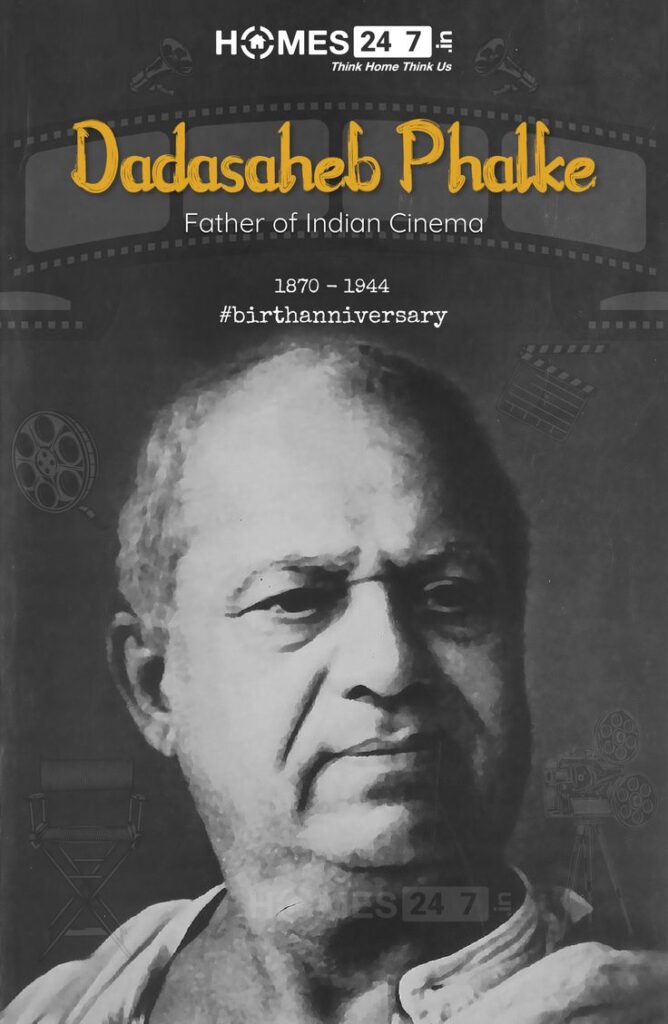
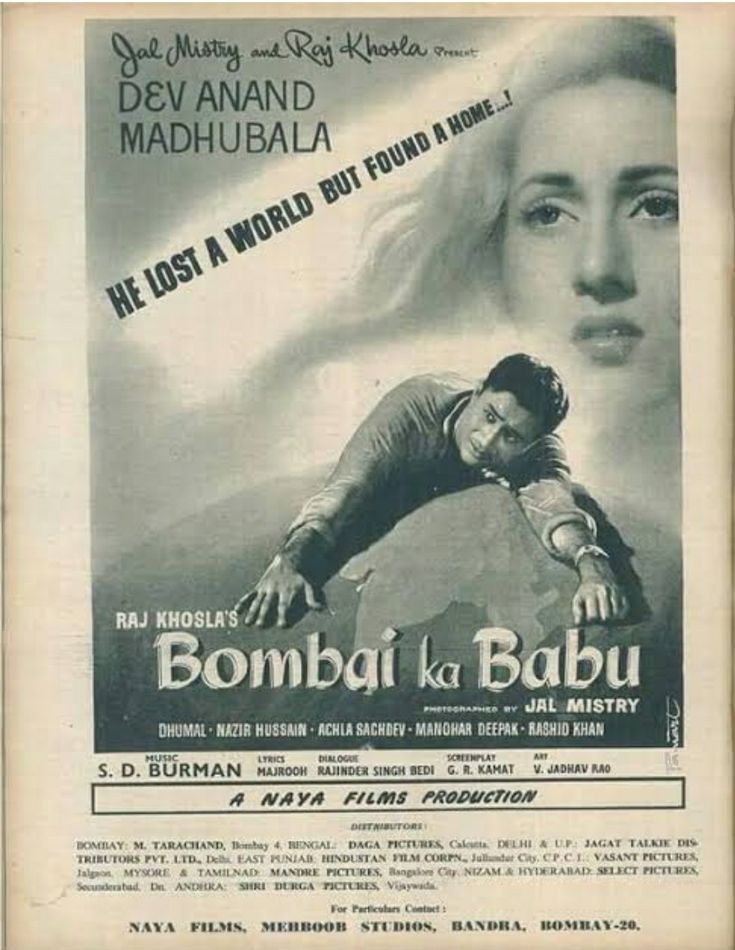
The journey of Hindi cinema began in the early 20th century with Dadasaheb Phalke’s silent film Raja Harishchandra (1913), often considered the first full-length Indian feature film. Though it was silent, it laid the foundation of a cinematic tradition that would evolve into one of the largest film industries in the world. The arrival of sound in Indian cinema with Alam Ara (1931) changed everything. Dialogue, music, and songs became integral to storytelling, and this musical tradition has stayed ever since. Over the decades, Hindi films became a mirror to Indian society—capturing its hopes, struggles, and dreams. From mythological tales and freedom movement-inspired dramas in the 1940s to romantic sagas and angry young man narratives of the 1970s, Hindi cinema has grown alongside the nation itself.
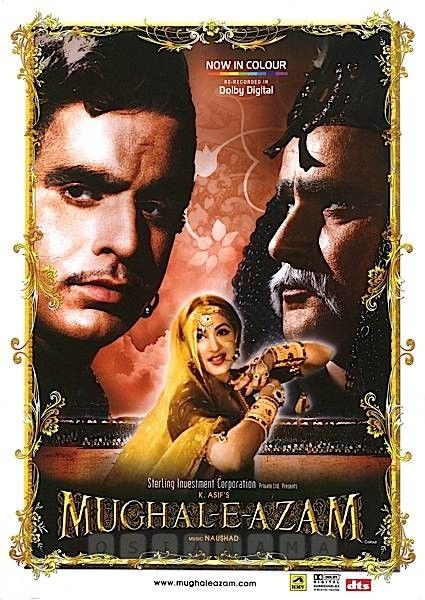
The Golden Era: 1950s to 1970s The period from the 1950s to the 1970s is often referred to as the Golden Age of Hindi cinema. This era saw the rise of iconic filmmakers like Guru Dutt, Raj Kapoor, Bimal Roy, and Mehboob Khan. Their films were known not only for their cinematic excellence but also for their strong social messages. Movies like Mother India (1957), Pyaasa (1957), and Mughal-e-Azam (1960) are considered classics even today. The music of this era, composed by legends like S.D. Burman, Naushad, and Shankar-Jaikishan, still resonates with audiences across generations. Singers like Lata Mangeshkar, Mohammed Rafi, and Kishore Kumar became household names. This era also saw the establishment of major film studios in Mumbai, which became the epicentre of Hindi cinema. The city, now the financial capital of India, earned the nickname “Bollywood”—a portmanteau of Bombay (now Mumbai) and Hollywood.
The Masala Mix: 1980s and 1990s

By the 1980s, Hindi cinema took a more commercial turn. The rise of the “masala” film—a mix of action, romance, comedy, and drama—marked this era. Amitabh Bachchan, with his towering presence and intense performances, became the superstar of the decade. His films like Zanjeer, Sholay, and Deewaar defined the "angry young man" archetype, representing the frustrations of the common man. The 1990s witnessed a resurgence of romantic dramas, with Shah Rukh Khan, Aamir Khan, and Salman Khan emerging as the new superstars. Films like Dilwale Dulhania Le Jayenge (1995), Hum Aapke Hain Koun..!, and Kuch Kuch Hota Hai captured the imagination of young India. Music continued to play a central role, and composers like A.R. Rahman revolutionised the soundscape with their innovative styles. Television and satellite channels also brought Hindi films closer to the people, creating an all-India fandom. Hindi cinema began influencing fashion, language, and even social behaviours.
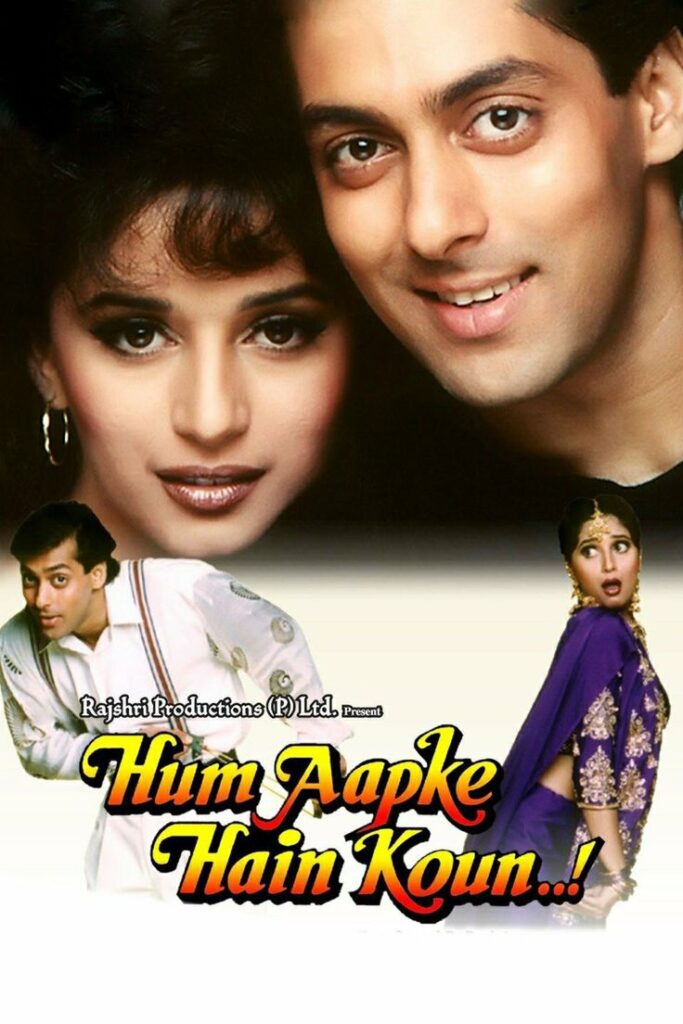
The New Millennium: Global Reach and Changing Narratives
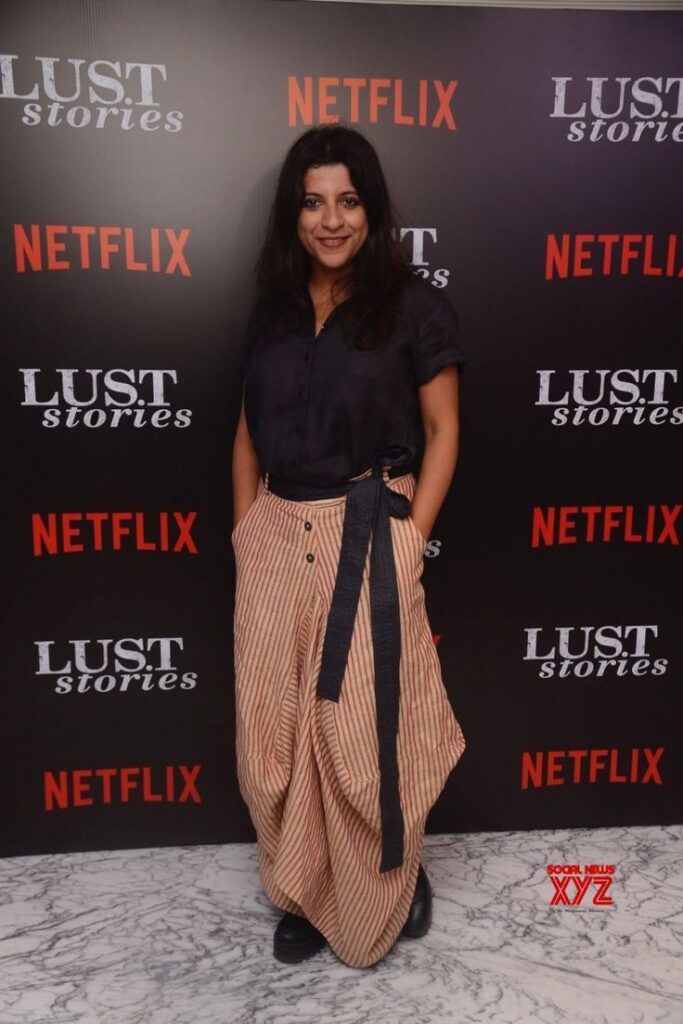

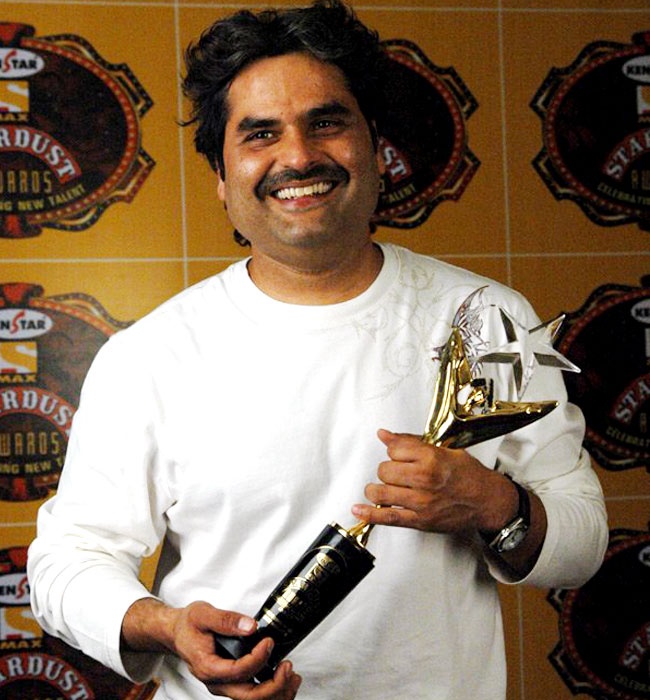
With the advent of the 2000s, Hindi cinema began to diversify. Filmmakers started experimenting with genres, narratives, and storytelling techniques. While big-budget entertainers continued to draw crowds, parallel cinema also gained space. Directors like Anurag Kashyap, Zoya Akhtar, and Vishal Bhardwaj introduced a new wave of realistic, content-driven cinema.
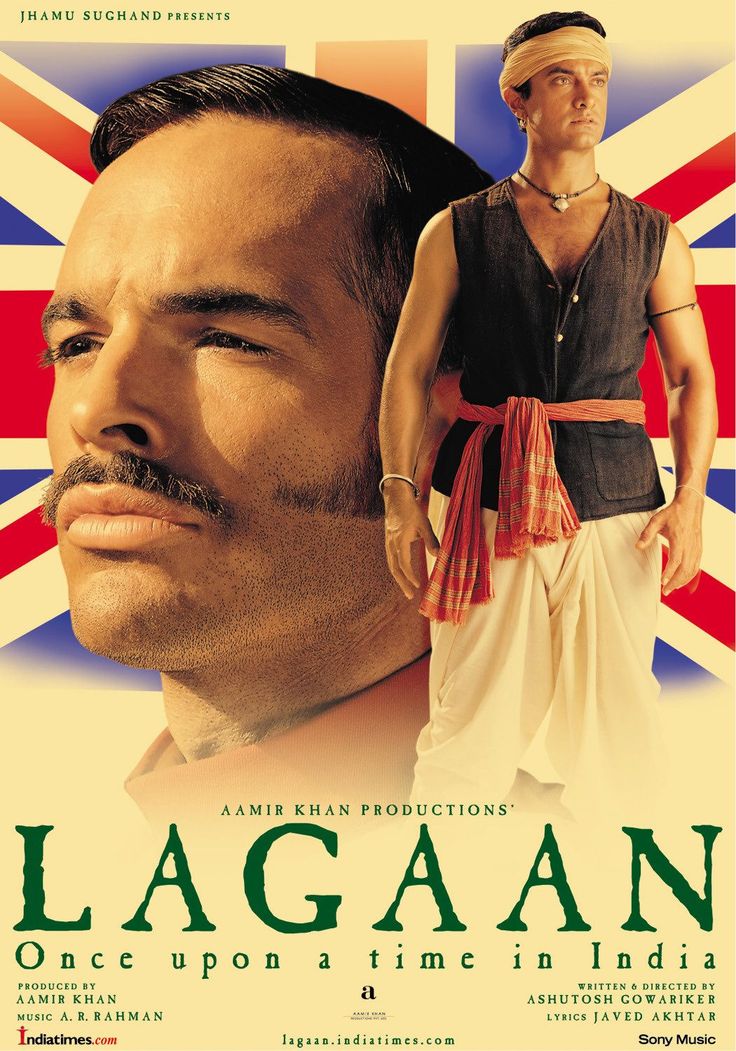
Globalisation helped Hindi films reach international markets. Movies began to be shot abroad, stories featured the Indian diaspora, and box office numbers from countries like the US, UK, UAE, and Australia became significant. Films like Lagaan, Swades, and My Name Is Khan explored identity, nationalism, and social justice with a global lens.
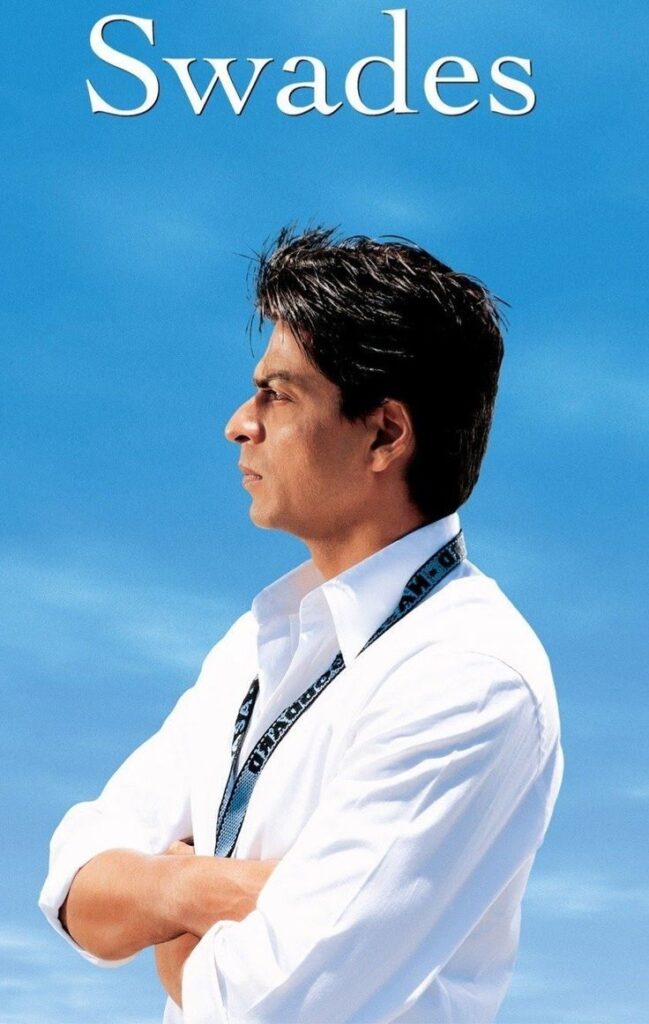


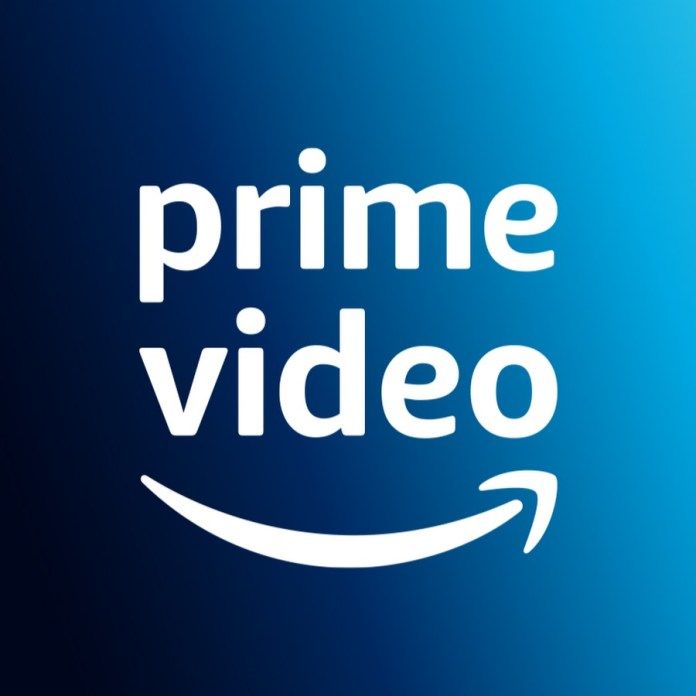
At the same time, digital platforms and streaming services such as Netflix, Amazon Prime Video, and Disney+ Hotstar opened new doors. Hindi content began thriving beyond the constraints of theatrical release. Audiences became more receptive to offbeat stories, regional crossovers, and new faces.
The Era of Content and Inclusivity
Today, Hindi cinema is at a fascinating crossroads. While the charm of big stars and lavish sets remains, the audience’s appetite has evolved. Viewers are no longer satisfied with formulaic plots; they seek authenticity, depth, and fresh perspectives.
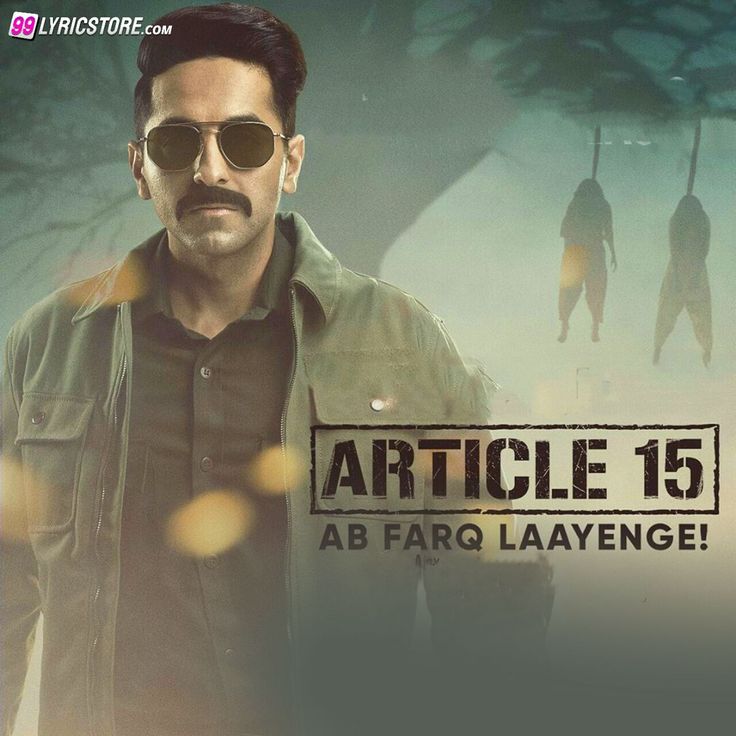
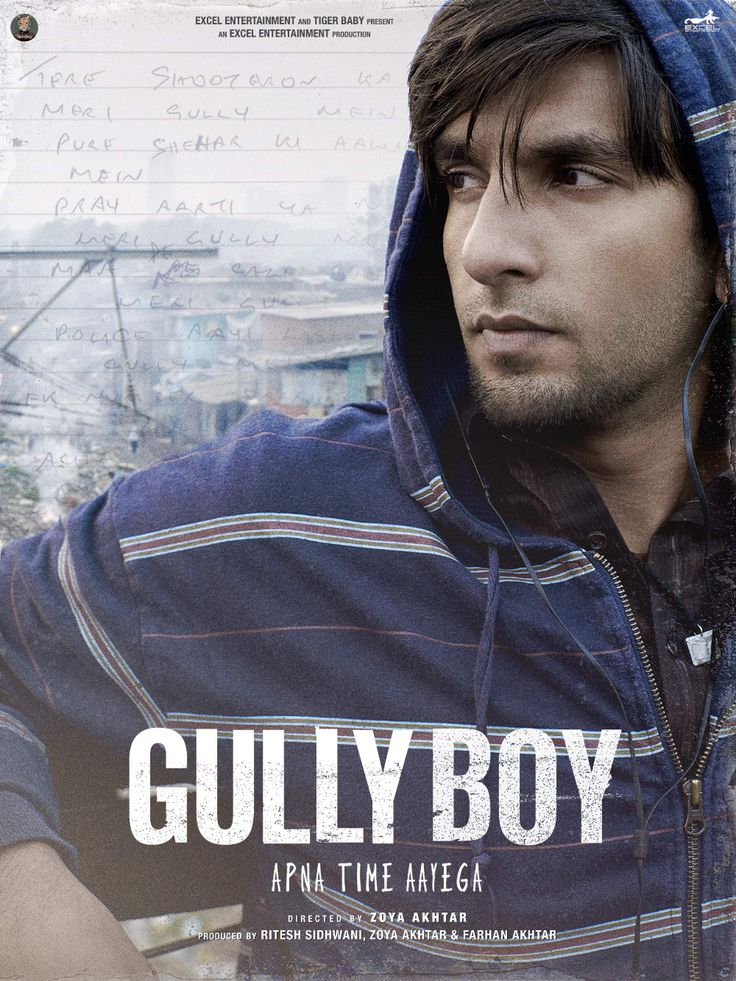
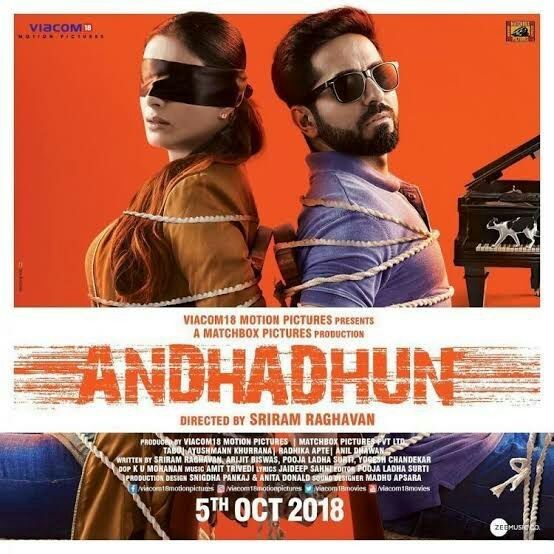
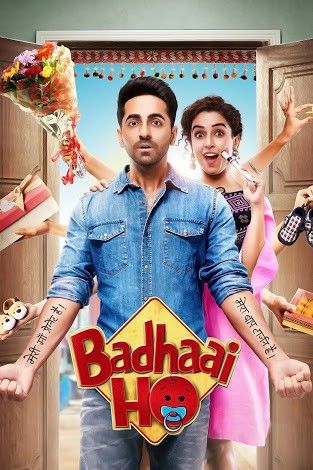
Movies like Article 15, Gully Boy, Andhadhun, and Badhaai Ho have shown that content is king. Women-centric narratives, LGBTQ+ stories, and themes around mental health, caste, and class are being explored with sensitivity and nuance.

